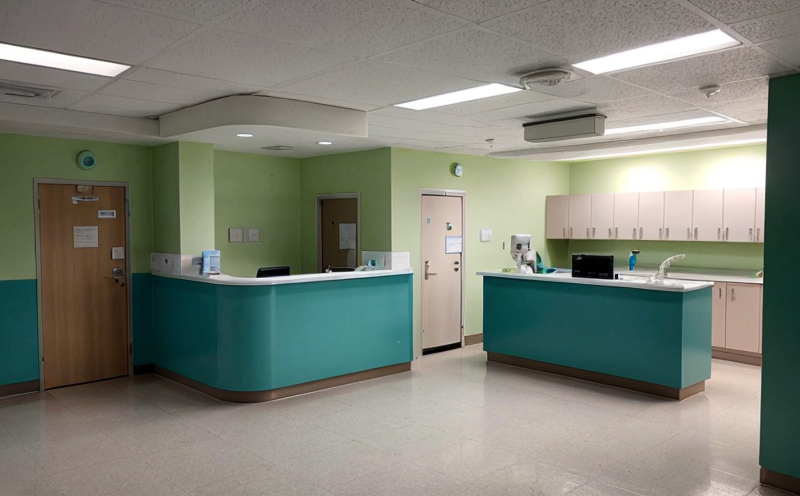EN 14065 Biocontamination Control in Healthcare Textile Services
The European Standard EN 14065 provides a framework for ensuring the bio-contamination control of healthcare textiles. This standard is crucial in maintaining patient safety and preventing cross-infections within healthcare facilities. The standard covers the entire lifecycle of healthcare textiles, from production to disposal.
Healthcare textiles are often exposed to various microorganisms due to their frequent contact with patients who may be carriers of pathogens. These textiles include gowns, linens, surgical drapes, and other items used in patient care. The standard aims to ensure that these textiles do not become vectors for the spread of infectious agents.
The first step in biocontamination control is proper material selection. Textiles should be chosen based on their resistance to microbial growth. Synthetic materials are often preferred over natural fibers due to their lower tendency to harbor microorganisms. Additionally, fabrics with antimicrobial finishes can provide an extra layer of protection against biocontamination.
Proper handling and processing of healthcare textiles is also critical. This includes the use of appropriate disinfection methods such as autoclaving or chemical disinfectants. The choice of method depends on the type of textile and the specific pathogens it may be exposed to. For instance, some fabrics might require steam sterilization, while others could benefit from peracetic acid treatment.
The standard also emphasizes the importance of monitoring biocontamination levels during processing. This involves regular testing using appropriate microbiological methods. Sampling protocols should follow best practices outlined in EN 14065 to ensure accurate and reproducible results. Laboratories accredited according to ISO/IEC 17025 should perform these tests to maintain high standards.
Sampling and testing are key components of biocontamination control. Specimens from healthcare textiles must be collected in a way that minimizes contamination. This typically involves swabbing or using other non-destructive methods. The collected samples are then analyzed for microbial content, focusing on common pathogens such as Staphylococcus aureus, Escherichia coli, and Pseudomonas aeruginosa.
Once testing is complete, the results must be interpreted carefully to determine if biocontamination levels exceed acceptable thresholds. If contamination levels are high, corrective actions should be taken immediately. This could involve reprocessing textiles or investigating potential breaches in infection control protocols.
Applied Standards
- EN 14065:2003 – Healthcare Textiles for Use in Hospitals and Related Establishments: Biocontamination Control
- ISO/IEC 17025:2017 – General Requirements for the Competence of Testing and Calibration Laboratories
Scope and Methodology
| Aspect | Description |
|---|---|
| Sampling Techniques | Swabbing, air sampling, and surface contact sampling are used to collect microbiological specimens. |
| Microbiological Analysis | Tests include quantitative culturing of bacteria, fungi, and yeasts. Specimens are incubated under controlled conditions before enumeration. |
| Contamination Levels | Acceptance criteria vary based on the type of textile and its intended use within a healthcare facility. |
Use Cases and Application Examples
- Testing surgical drapes before and after sterilization to ensure they are free of biocontamination.
- Monitoring the effectiveness of laundry processes for linens used in patient care.
- Validating the efficacy of disinfection protocols on reusable medical devices like stethoscopes.





